In today’s digital age, we use various storage devices to manage files, documents, photos, and videos. The most commonly used options include pendrives (USB flash drives), hard drives (HDDs), and solid-state drives (SSDs). While all these devices serve the basic purpose of storing data, each offers unique features, performance capabilities, and ideal use cases. This blog post will compare pendrives, hard drives, and SSDs to help you decide which storage option best suits your needs.Pendrive Hard drive and SSD’s
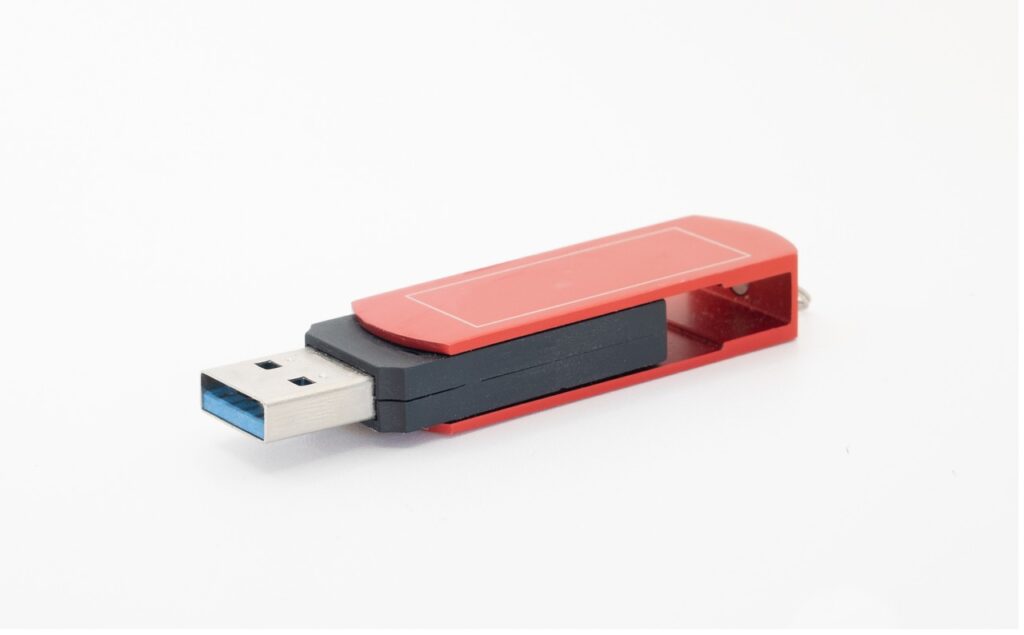
What is a Pendrive Hard drive and SSD’s Storage devices
Many storage devices help manage files and documents,Pendrive Hard drive and SSD’s Storage devices
A pendrive, or USB flash drive, serves as a small, portable storage device that connects to a computer through a USB port. Users commonly rely on pendrives to transfer files between computers, back up small amounts of data, or carry files while traveling. Their compact size and ease of use make pendrives a convenient and popular choice for quick file transfers.
Key Features of Pendrive Hard drive and SSD’s Storage devices
- Portability: Pendrives are incredibly small and lightweight, making them easy to carry in a pocket or on a keychain.
- USB Interface: They use a USB port for connection, meaning they are compatible with most modern computers, laptops, and even many smartphones (with an adapter).
- Capacity: Pendrives generally offer capacities ranging from 4GB to 1TB, though larger sizes are available.
- Speed: The read and write speeds of pendrives are slower compared to HDDs and SSDs, though USB 3.0 or higher versions can provide faster speeds.
- Durability: Pendrives have no moving parts, which makes them more durable and less prone to physical damage.
Pendrive Hard drive and SSD’s Storage devices: Understanding the Differences in Storage Technology
In today’s digital age, we rely on various forms of storage devices to manage our files, documents, photos, and videos. Among the most commonly used options are Pendrives (USB flash drives), Hard Drives (HDDs), and Solid State Drives (SSDs). While these storage devices serve the same basic purpose, they each have unique features, performance capabilities, and ideal use cases. In this blog post, we will explore the differences between Pendrives, Hard Drives, and SSDs, so you can better understand which storage option best suits your needs.Pendrive Hard drive and SSD’s Storage device
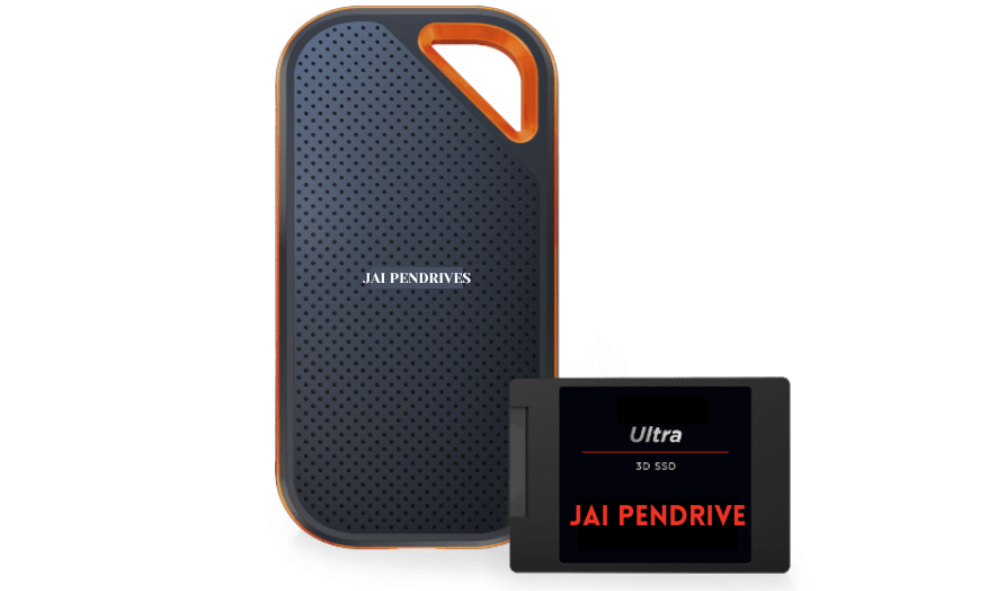
Ideal Use Case for Pendrive Hard drive and SSD’s Storage devices
Pendrives are best suited for carrying documents, transferring files between devices, or making quick backups of important data. They are not typically used for storing large media files or running heavy applications.
The Advantages of Using a Pendrive Hard drive and SSD’s Storage devices
In an age where data storage and file transfer play an integral role in both personal and professional life, people rely on USB flash drives as essential tools. Their compact design, ease of use, and remarkable functionality attract users seeking efficient ways to store and transfer information. But what makes USB flash drives stand out among various storage solutions? Let’s explore some key advantages:
Portability
USB flash drives offer unmatched portability. Their small size makes them easy to carry. With dimensions similar to a car key or even smaller, they easily fit in your pocket, bag, or keychain. Whether you travel for work or need to move documents between home and the office, you can keep your files handy with a USB flash drive.
Easy to Use
USB flash drives provide simplicity in usage. Most devices support plug-and-play functionality, eliminating the need for special drivers or software. When you insert the drive into a USB port, it becomes ready to use instantly. You can drag and drop files effortlessly, and most operating systems recognize the device immediately. This user-friendly design appeals to people of all technical skill levels.
Wide Compatibility
USB flash drives are compatible with almost every device that features a USB port. This includes computers, laptops, gaming consoles, televisions, printers, and even certain smartphones. USB standards are universally recognized, meaning whether you are using Windows, macOS, Linux, or even some mobile operating systems, you can use your USB drive without worry about compatibility issues.
Variety of Capacities
USB flash drives are available in a wide range of storage capacities, from just a few gigabytes (GB) to hundreds of gigabytes or even terabytes (TB). This allows users to choose a drive based on their specific needs. Whether you’re simply backing up documents or transferring large video files, you can find the right USB drive to accommodate your storage requirements. Additionally, larger capacity flash drives can replace external hard drives for many users, offering similar storage without the bulky form factor.
Speed and Efficiency
Modern USB flash drives, particularly those using the USB 3.0 or USB 3.1 standards, offer impressive data transfer speeds. Transferring large files or backing up data can be done quickly and efficiently. While older USB 2.0 drives can be slower, the latest USB 3.0 and 3.1 devices provide fast read and write speeds, reducing the time it takes to move files.
Durability
Unlike traditional hard drives, which contain moving parts that can wear out or become damaged with rough handling, USB flash drives are more durable. They rely on solid-state memory, meaning they have no moving components. This makes them more resistant to physical shock, vibrations, and other potential hazards, which makes them ideal for traveling or using in harsh conditions
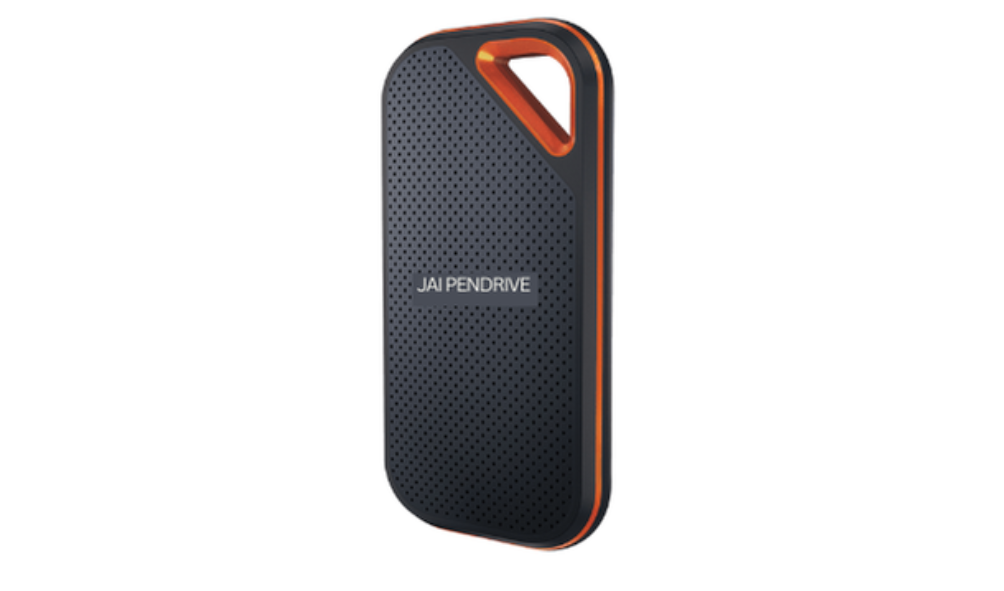
What is a Hard Drive (HDD)?
A Hard Disk Drive (HDD) is a traditional storage device that has been used for decades. It consists of mechanical components, including spinning disks (platters) and a read/write arm, which work together to store and retrieve data. HDDs are commonly used in desktop computers, laptops, and external storage units.
Key Features of Hard Drives:
- Mechanical Components: HDDs use moving parts, such as spinning platters and mechanical arms, which slow them down and make them more susceptible to failure from physical damage.
- Capacity: HDDs provide large storage capacities, typically ranging from 500GB to several terabytes (TB). Users often choose them for storing bulk files, movies, games, and other large datasets.
- Cost: HDDs cost less than SSDs, attracting users who need substantial storage at a lower price.
- Speed: The mechanical design of HDDs results in slower speeds compared to SSDs. Accessing large files takes significantly longer on an HDD.
- Noise and Heat: The moving components in HDDs produce noise and heat, making them less suitable for quiet environments or applications sensitive to heat.
What Does a Hard Drive Do?
A hard drive stores all your digital content, including documents, pictures, music, videos, programs, application preferences, and operating systems. You can use either internal or external hard drives for storage.
Hard drives measure the size of stored digital files in megabytes (MB), gigabytes (GB), and terabytes (TB). Documents usually have small file sizes, while pictures are larger, music files are even bigger, and videos occupy the most space.
Digital storage media have evolved significantly from tape drives and floppy disks. Today, hard disk drives (HDDs) and solid-state drives (SSDs) are the most common storage options. Many modern computers come equipped with SSDs, but external SSDs remain a popular choice for additional storage. External SSDs offer several advantages over HDDs, including improved speed, durability, and portability.
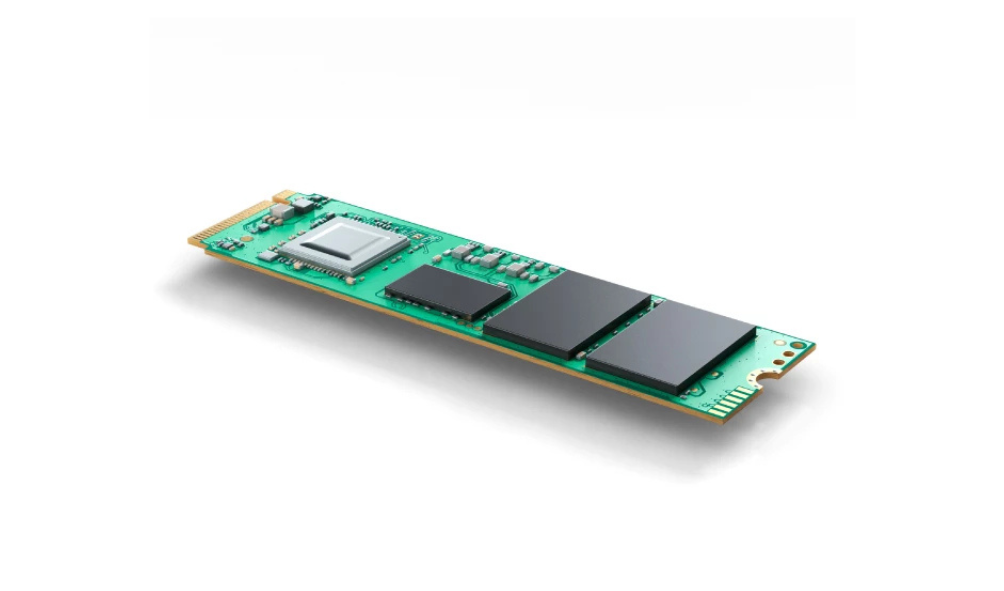
Advantages of external SSDs
- SSDs are faster than HDDs: SSDs significantly improve data transfer speeds compared to HDDs. The fastest commercially available HDDs reach speeds of 160MB/s, while even entry-level SSDs are typically over three times faster. Many SATA SSDs deliver read and write speeds of over 500MB/s, and top-performing NVMe drives achieve speeds up to 7,000MB/s. These speeds make SSDs ideal for transferring large files like videos or graphic-heavy documents.
- SSDs are more resilient than HDDs: SSDs resist damage better than HDDs due to their design. HDDs rely on mechanical parts, including spinning disks and actuators, which are prone to damage from drops or extended use. These vulnerabilities make HDDs less reliable as portable storage devices. In contrast, SSDs, with no moving parts, handle physical stress better, making them a safer choice for external storage.
- SSDs are quieter than HDDs: HDDs generate noise because of their moving mechanical components. While some users may not mind, others working on tasks like audio mixing, voiceover recording, or video conferencing often prefer quieter systems. SSDs, lacking moving parts, operate silently, offering a noise-free experience.
- SSDs are less power-intensive than HDDs: SSDs consume less power than HDDs, making them ideal for laptops that rely on battery life. Laptops with SSDs typically run longer on battery power compared to those using HDDs, ensuring greater efficiency for portable systems.
- SSDs are lighter than HDDs: SSDs are much lighter than HDDs due to their simpler design. An external HDD can weigh up to 680g, while some external SSDs, like pocket-sized models with up to 4TB of storage, weigh as little as 29g. This lightweight build enhances portability without compromising storage capacity.
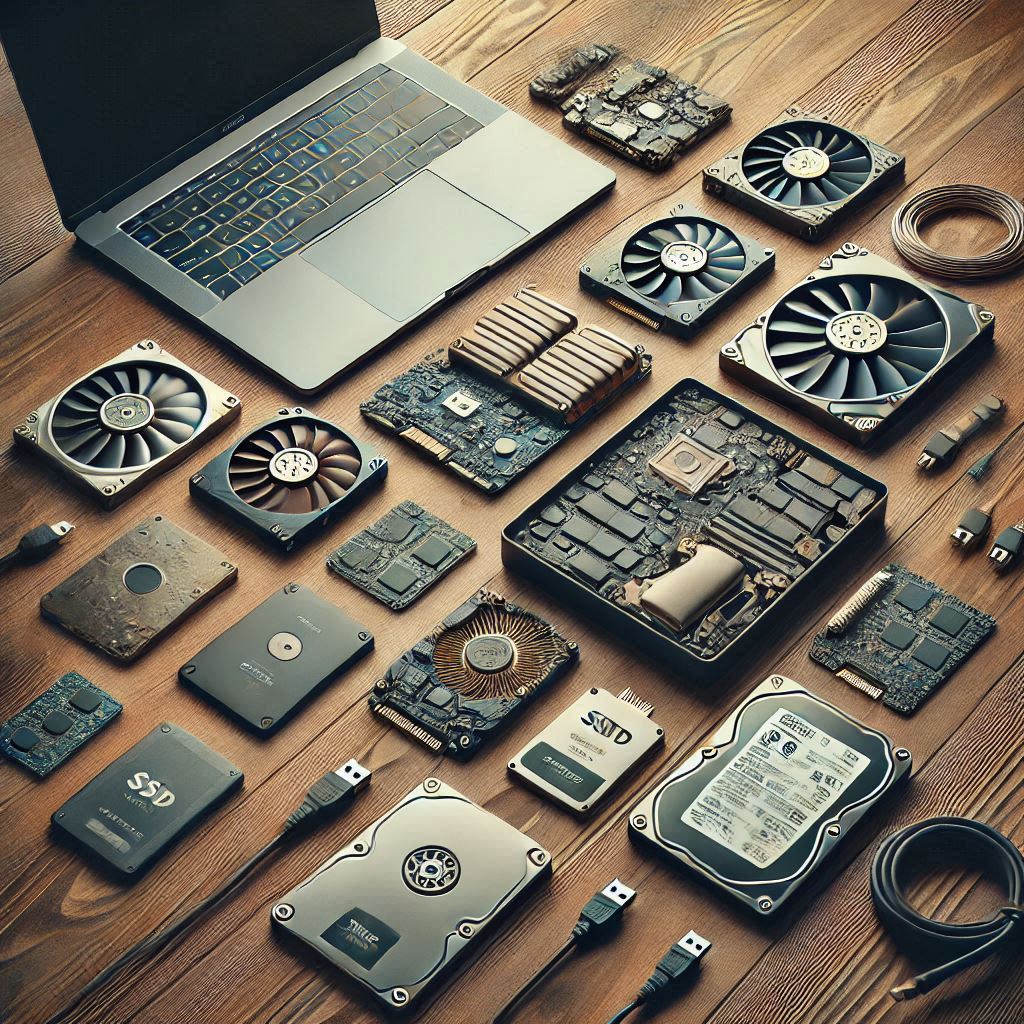
Types of SSDsDifferent types of SSDs offer varying levels of performance and compatibility, including USB pendrives, hard drives, and SSDs.
SATA SSDs: SATA SSDs dominate the market as the most common and affordable option. They use the same Serial ATA (SATA) interface as traditional hard drives, delivering significantly faster speeds than HDDs but slower compared to other SSD types.
NVMe SSDs: NVMe SSDs, designed for ultra-high-speed data transfer, leverage the PCIe (Peripheral Component Interconnect Express) interface to achieve much faster speeds than SATA SSDs. Users frequently install NVMe drives in high-performance desktops, gaming laptops, and servers.
M.2 SSDs: M.2 SSDs refer to a physical form factor rather than a specific technology. These drives can support both SATA and NVMe interfaces, though most M.2 SSDs are high-speed NVMe models. Their compact design makes them popular in modern laptops and desktops.
PCIe SSDs: PCIe SSDs connect directly to the motherboard’s PCIe slots, enabling ultra-fast data transfer speeds. Enthusiasts and professionals typically use these drives in high-end PCs or workstations to achieve top-tier performance.
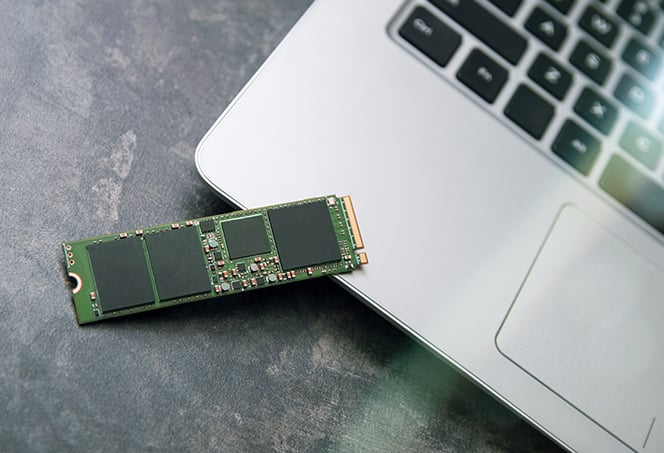
Why SSDs are Replacing HDDs
HDDs still play an important role in the storage market, especially for large-scale data storage and archival purposes. However, most consumers and businesses now prefer SSDs due to their superior speed, durability, and energy efficiency. The steadily decreasing cost of SSDs has made them increasingly affordable for everyday users. As SSD technology continues to advance, SSDs are expected to replace HDDs in most applications..
